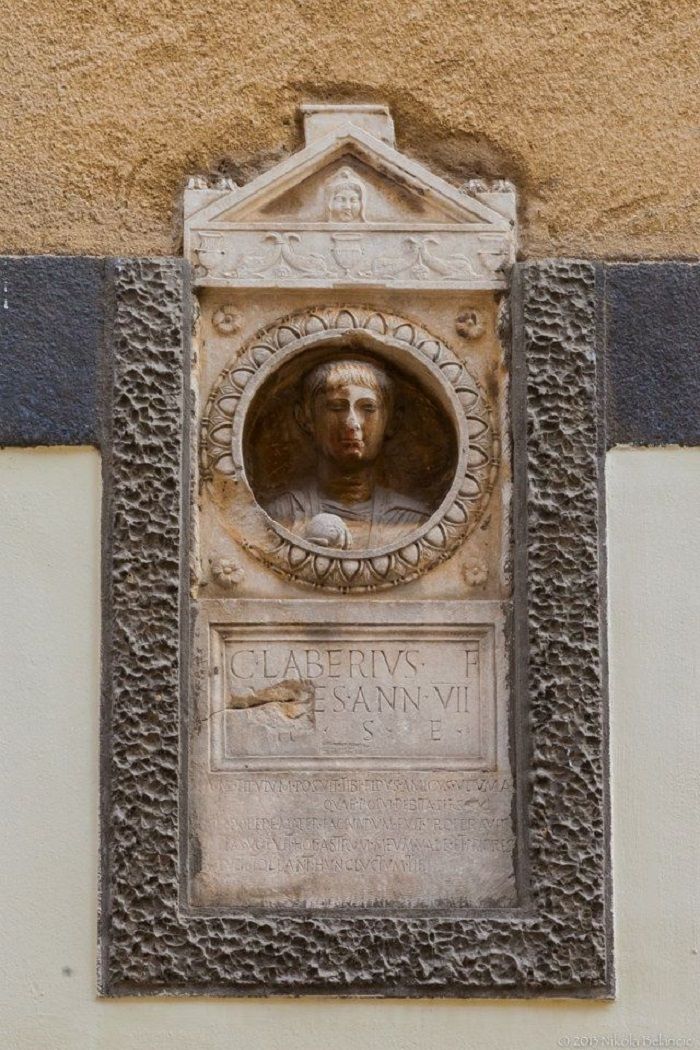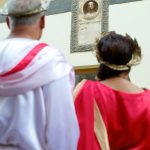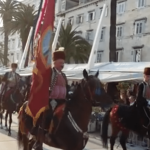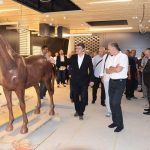With football fever about to grip every part of the globe, it is worth pausing for a minute to remember where the world’s greatest game began. And would you be surprised to hear that it was in inland Dalmatia?
This was one of the more unusual claims I heard on my first visits to this wonderful region. Of course it could not be true, I said to myself, this was just an attempt to get tourists into the region. But then I delved a little deeper, and so began a tale of discovery of the origins of The Beautiful Game. Accept the story or not, it is one more example of the rich heritage of this amazing region, and the claims were taken seriously enough by world football body FIFA, that they published the story on the front page of their newsletter back in 1969. See the article below.
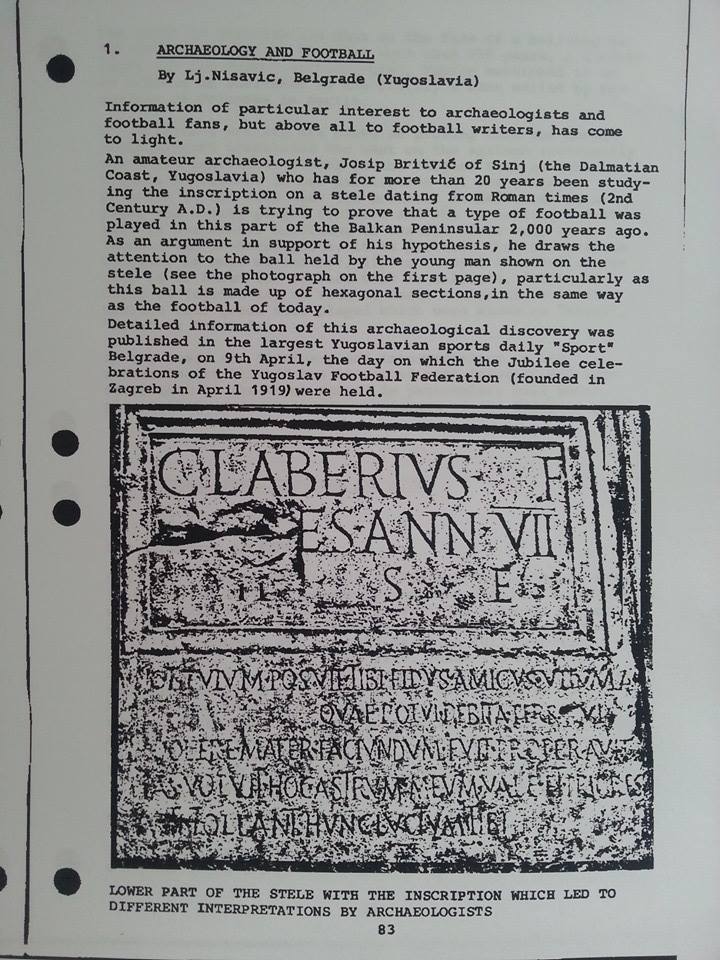
As one would expect, the ever-efficient Sinj Tourist Board has provided much more detail on the Dalmatia football connection:
“A tombstone of a seven-year-old Roman boy Gaius Laberius holding a ball with hexagons joined in the manner of a net-like ornament. The symbol of a real leather ball, it is considered firm evidence that football in Europe was first played in the Cetinska Krajina Region. It was found in the Tilurium site, in the locality of Gardun, and dates back to the 2nd century.
Today the tombstone is built into the front wall of the Perković family-owned stone building in Vrlička Ulica at number 10 in Sinj. Made of limestone, the monument is 113 centimetres high and 46 centimetres wide. At the bottom there is a two-part inscription, the first part of the inscription being in a well-defined frame and informing about Gaius Laberius, whereas the second part is an inscription by an unkonown author dedicated to the boy.
The central part is a round medallion framed with ornaments, bearing a portrait of the boy who holds the ball in his right hand. At the top of the monument there is a frieze showing a kantharos (a large two-handle vase), a dolphin and the head of Medusa (in ancient mythology, the personification of evil) and a triangular gable with acroteria (plastic ornaments of tops and corners) in the shape of lion’s paws. The head of Atis is sculptured in the triangular gable.
Even though football was played at Gardun among Roman soldiers and sons of the rich, originally the game was Illyrian and the Delmates had played it long before the Roman troops arrived. This is further proven by the fact that in no locality other than Gardun throughout the historical Roman Empire, a football-related pattern or image has been found.
In 1969, the international football association (FIFA) dedicated a cover of its official journal FIFA NEWS (issue 71), headlined Archaeology and football, to the archaeological discovery of the amateur archaeologist Josip Bepo Britvić. According to the FIFA, this discovery is a piece of information significant for both archaeology and football fans. (Delmates VS Romans match).”
This of course brings additional spice to the opening match on June 12. Who will win the game – World Cup hosts and one of the favourites, Brazil, or Croatia, who seemingly invented The Beautiful Game?
Want to experience the Roman atmosphere of times gone by where football was played 2,000 years ago. The Roman remains at Gardun, just outside Trilj are in excellent condition. Learn more here.
